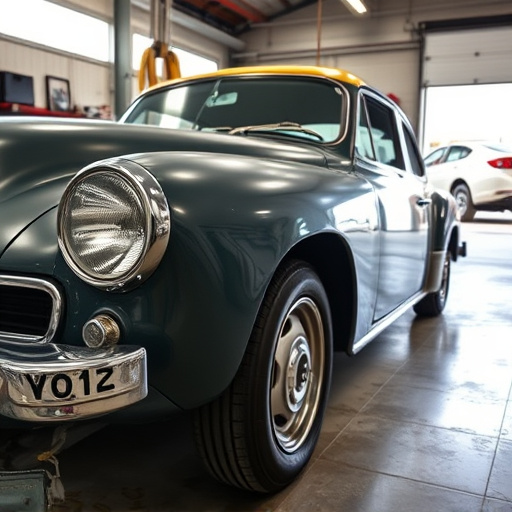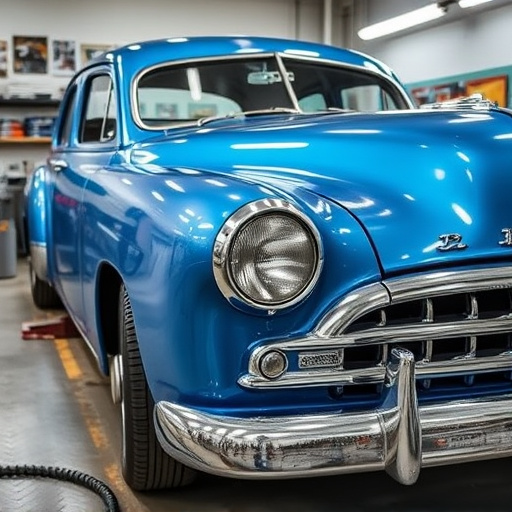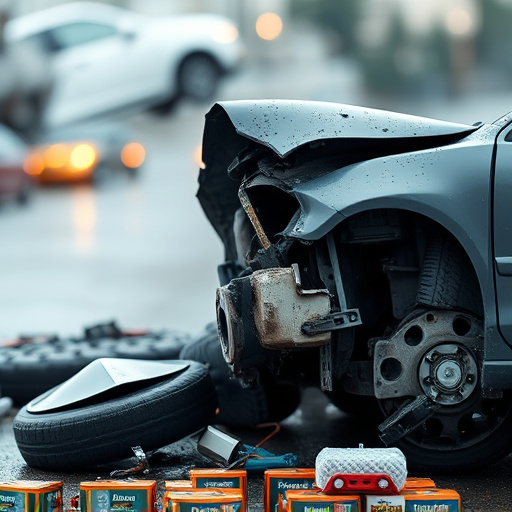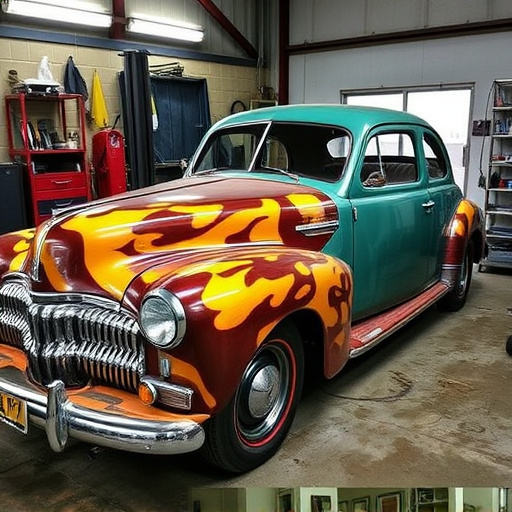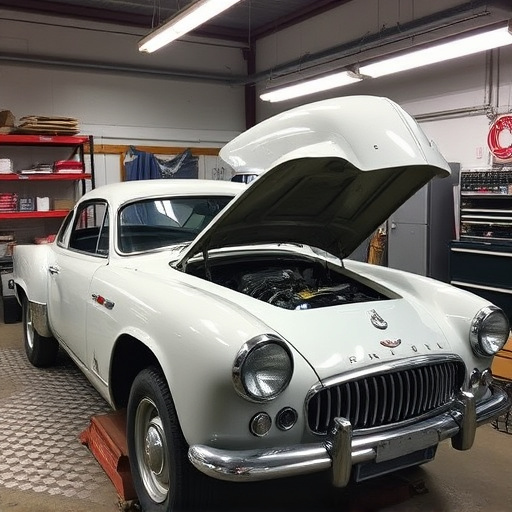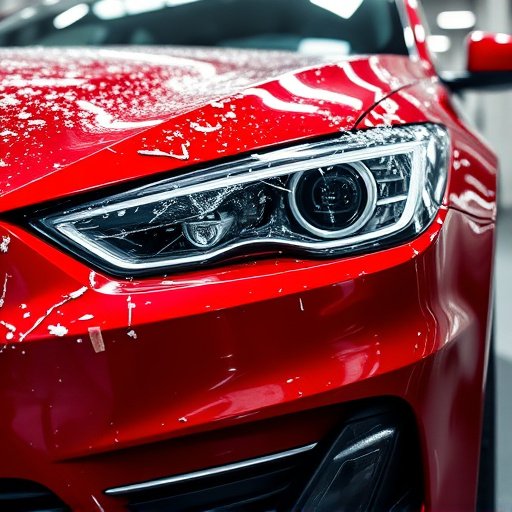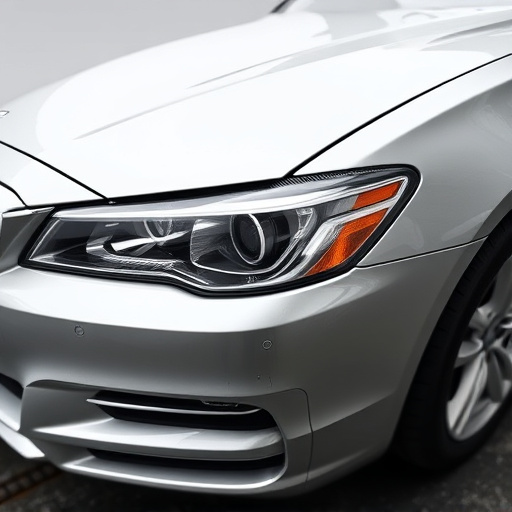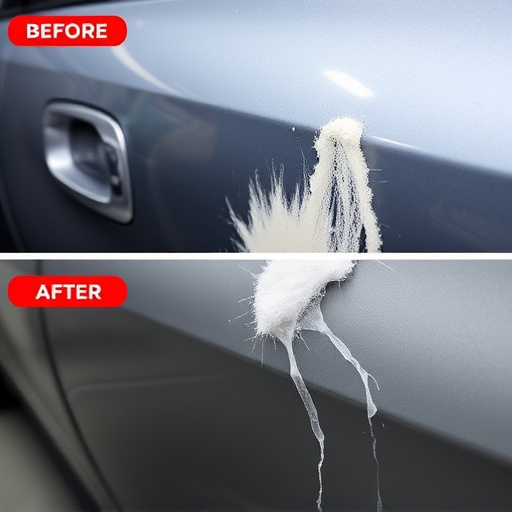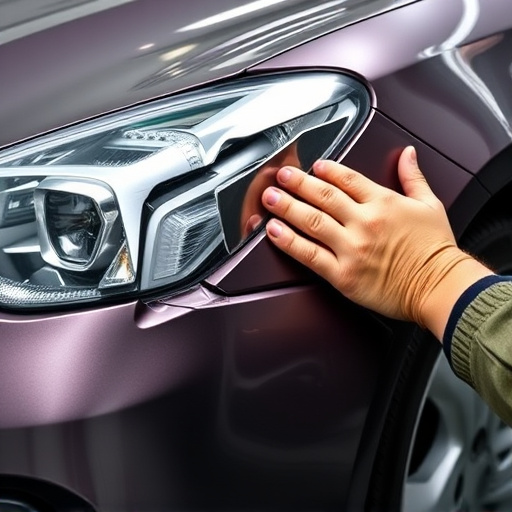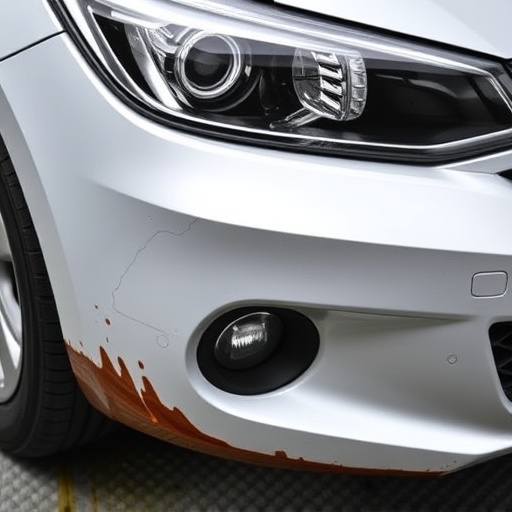After harsh winters, vehicles in affected regions often suffer significant rust damage, especially in areas prone to moisture buildup like door jams, fenders, and wheel wells. Early identification through thorough exterior inspections is crucial for effective repair, preventing structural issues, and maintaining vehicle longevity. Before attempting repairs, assess corrosion, pitting, or peeling paint and consider consulting a professional for guidance on patient, precise rust repair.
After a harsh winter, your vehicle’s exterior may be facing significant rust damage. This article guides you through the critical areas affected by winter weather and common mistakes to avoid during rust repair. We’ll delve into assessing rust damage, understanding the right repair techniques with suitable materials, and implementing long-term prevention strategies. By following these tips, you can effectively restore your vehicle and protect it from future winter damage.
- Assessing Winter-Induced Rust Damage
- – Identifying common areas prone to rust after winter
- – Understanding the extent of the damage
Assessing Winter-Induced Rust Damage
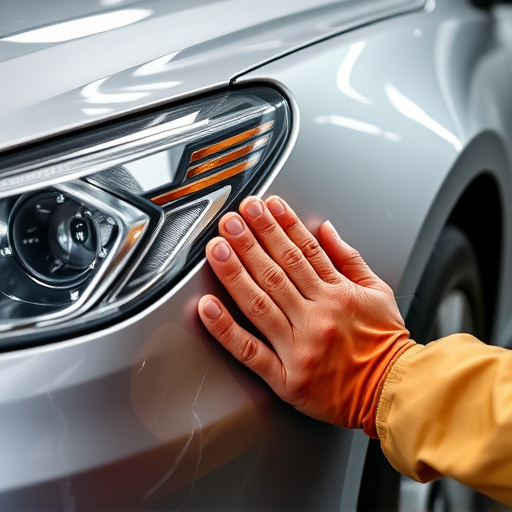
After a long winter, many vehicles suffer from rust damage, especially in regions with harsh climates. The first step in any rust repair after winter weather is to thoroughly assess the extent of the issue. Begin by inspecting all exterior surfaces, focusing on areas prone to moisture build-up like door jams, fenders, and wheel wells. Look for signs of flaking paint, corrosion, or weakened metal, as these are indicators of potential rust problems.
Don’t forget to check underbody components, as winter salt and chemicals can penetrate through car undercoating, leading to hidden rust spots. If you’re not sure where to start, consider visiting a trusted auto collision center for a professional assessment as part of your regular auto maintenance routine. Identifying winter-induced rust damage early is key to effective rust repair and maintaining the longevity of your vehicle’s exterior.
– Identifying common areas prone to rust after winter
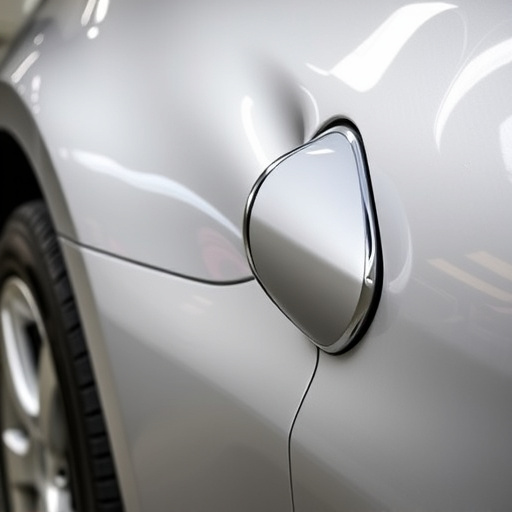
After a long winter, many vehicles suffer from rust damage, particularly in areas with harsh climates. Common spots that often require rust repair after winter weather include the lower panel work, wheel arches, and door frames. These regions are continually exposed to moisture and road salt, creating the perfect environment for corrosion to set in. During the automotive repair process, it’s crucial to thoroughly inspect these areas and address any signs of rust before they escalate.
Prompt action is key to preventing further damage. If left untreated, even minor rust spots can lead to more significant structural issues, affecting both the car’s appearance and safety during a car collision repair. Therefore, when preparing your vehicle for warmer weather, don’t forget to assess these susceptible areas as part of your regular maintenance routine.
– Understanding the extent of the damage

After a long winter, it’s crucial to thoroughly assess your vehicle’s condition before attempting any rust repair after winter damage. Many car owners might be tempted to jump into the restoration process, but hasty decisions can lead to further complications. Start by inspecting every inch of the exterior for signs of corrosion, pitting, or peeling paint. Pay close attention to areas prone to moisture buildup, such as door sills, fenders, and wheel arches. Even small dents or nicks could indicate underlying structural damage that requires professional car dent repair.
Consider the extent of winter weather-related deterioration, from minor cosmetic issues like surface rust to more severe car collision repairs necessitating body panel replacement. If left unchecked, surface rust can creep beneath paint and metal, compromising the vehicle’s integrity. In light of these possibilities, it’s important to understand that successful rust repair after winter damage requires patience and precision. A professional car restoration expert will be able to guide you through this process, ensuring your vehicle not only looks its best but is also safe for the road ahead.
When addressing rust repair after winter weather, it’s crucial to begin by assessing the extent of the damage and targeting common problem areas. By understanding where rust is most likely to occur and what steps to take to mitigate it, you can effectively prevent further deterioration and restore your metal surfaces to their original condition. Regular maintenance and prompt action are key to avoiding costly repairs down the line.
